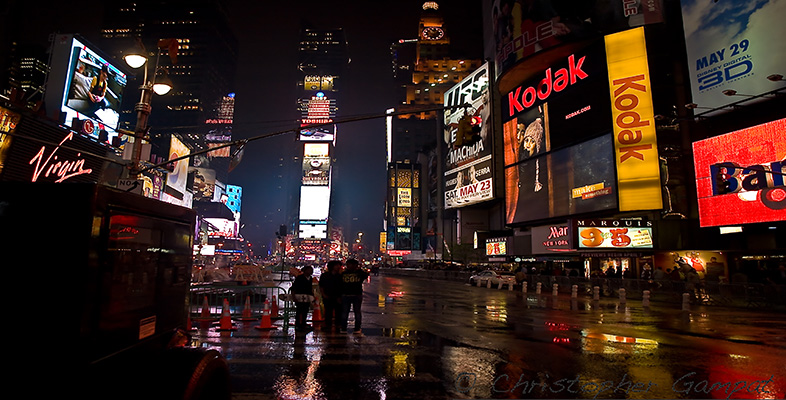Find out more about The Open University's Business and Management courses
In 1477 William Caxton printed what could be described as Britain’s first advert, for a book called The Pyes of Salisbury. But advertising goes back much earlier than Caxton’s days; almost certainly it emerged alongside trading. From simply displaying ones wares outside, to painting murals to entice customers, the roots of advertising run deep.
Actual examples have been found preserved in volcanic ash amongst Pompeii’s ruins. As advertising runs parallel with consumer society it isn’t really surprising that the industrial revolution, late in the 18th century, marked an expansion in advertising.
Advertising started to become a serious business and it wasn’t long before people started to offer themselves as specialists in advertising - the earliest known record of an advertising agency dates back to 1786.
Newspapers rapidly became a dominant advertising medium during the first half of the 19th century, a position that would remain virtually unchallenged until the emergence of television in the 20th century.
![Granada TV [Image: suburbanslice under CC-BY-NC-ND licence]](https://www.open.edu/openlearn/pluginfile.php/3256707/tool_ocwmanage/articletext/0/granada_catland.jpg)
A game-changer: Granada TV, one of the UK's earliest commercial television companies.
[Image: Suburbanslice under CC-BY-NC-ND licence]
The first UK television advert was broadcast in 1955 on the newly born ITV: a one minute advert for Gibbs SR Toothpaste.
The 1970s was to became a ‘golden age’ for British commercials attracting large audiences, and equally large advertising budgets.
In the 1980s, favourites such as The Smash Martians and the PG Tips Chimps showed the value of entertainment in capturing the audience's attention.
With the fragmentation of the commercial television industry this ‘golden age’ may be over but television is no longer the be all and end all of today’s advertising world.
With the opportunities that digital communications offer only beginning to be realised it looks like there will be plenty of changes still to come.





Rate and Review
Rate this article
Review this article
Log into OpenLearn to leave reviews and join in the conversation.
Article reviews